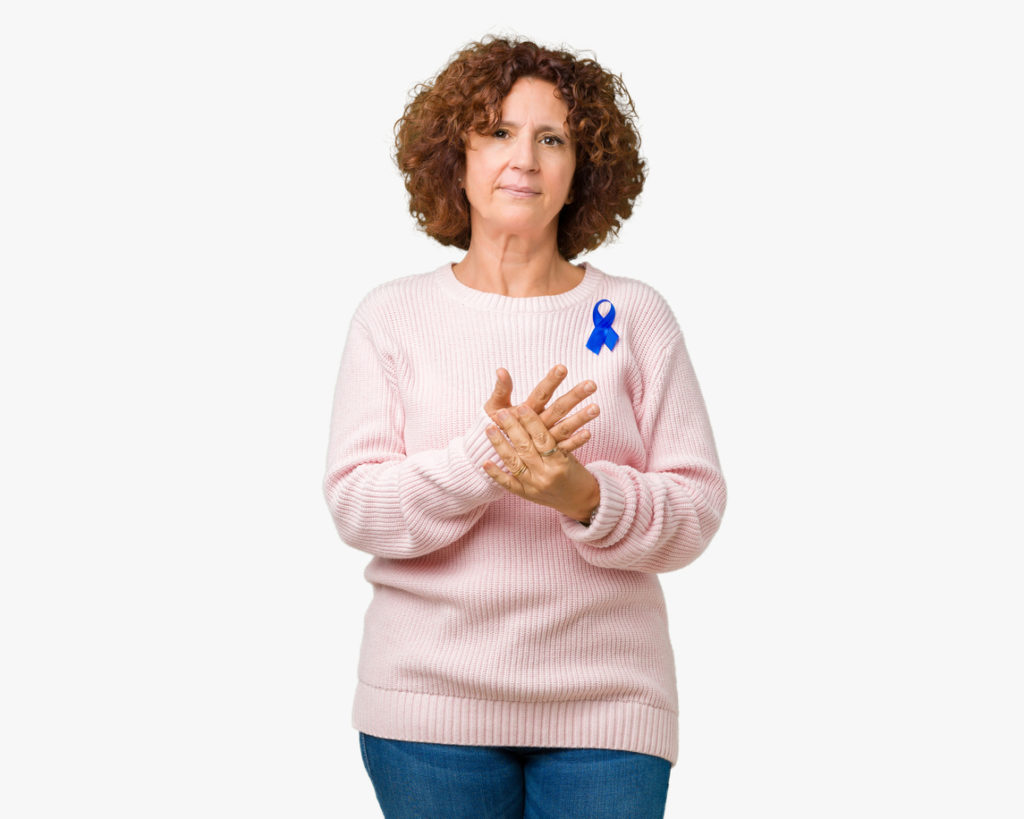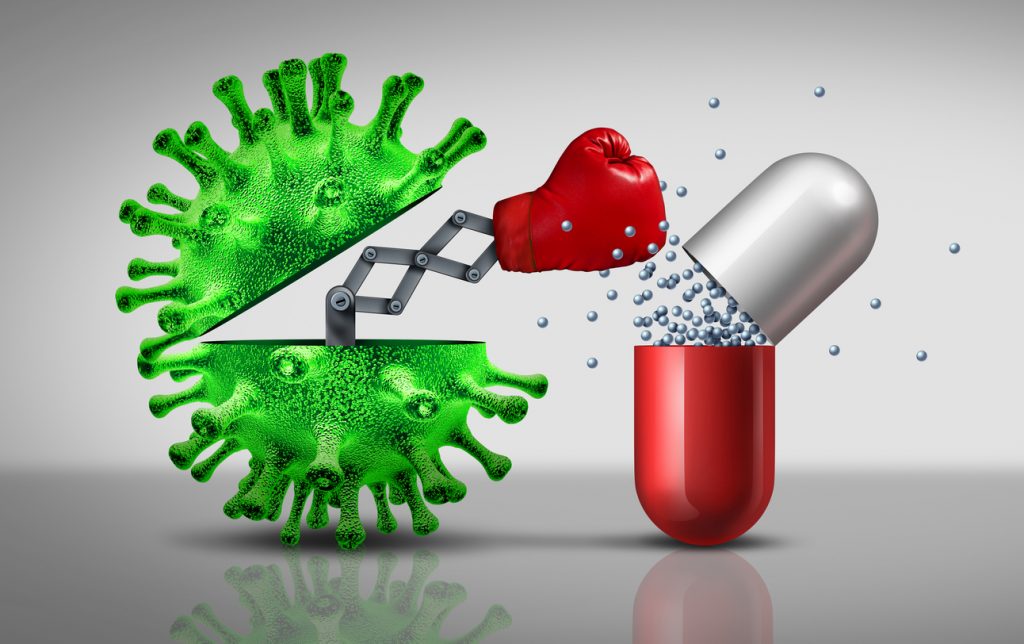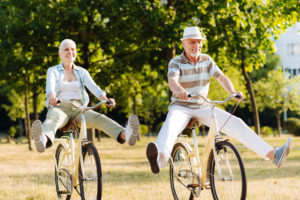
Allergy v. Intolerance
The words “allergy” and intolerance” are commonly used, but not always accurately used. Knowing the difference can help you understand your body and how it reacts to certain foods. This reaction is often, but certainly not always, an intolerance to food, rather than a true allergy. The easiest way to think about the difference between an allergy and an intolerance, is whether or not the immune system is affected. In a true case of an allergic reaction, the immune system reacts, causing changes in many organs in the body—sometimes in a life-threatening way. Food intolerance is typically less serious, and many times only involves digestive problems. Read more










 February is National Nutrition Month, and in honor of that, let’s take a look at a diet theory that gained popularity in 1997 and see if it is nutritionally sound. The Blood-Type Diet Theory hit the diet scene promising wonderful results. The idea of eating a diet based on your blood-type was first published in Eat Right for Your Type, written by naturopath Peter D’Adamo. Read more about the Blood Type Diet
February is National Nutrition Month, and in honor of that, let’s take a look at a diet theory that gained popularity in 1997 and see if it is nutritionally sound. The Blood-Type Diet Theory hit the diet scene promising wonderful results. The idea of eating a diet based on your blood-type was first published in Eat Right for Your Type, written by naturopath Peter D’Adamo. Read more about the Blood Type Diet  In our
In our  By the year 2020 in the US, 45% of all homeowners will be over 55. The National Association of Homebuilders (NAHB) has noticed this trend, and “estimates that over 70% of homeowners doing a remodel project are planning for the future needs of themselves or their parents.” This led the NAHB to establish a specialist designation called Certified Aging in Place (CAPS). This designation is for builders or remodelers who specialize in this type of design. As Baby Boomers age, they are becoming the most active senior population ever, and are employing service industries and technology to help them stay in their homes longer.
By the year 2020 in the US, 45% of all homeowners will be over 55. The National Association of Homebuilders (NAHB) has noticed this trend, and “estimates that over 70% of homeowners doing a remodel project are planning for the future needs of themselves or their parents.” This led the NAHB to establish a specialist designation called Certified Aging in Place (CAPS). This designation is for builders or remodelers who specialize in this type of design. As Baby Boomers age, they are becoming the most active senior population ever, and are employing service industries and technology to help them stay in their homes longer.  Whether you are caring for an elderly parent, or looking ahead to your own aging process, it is necessary to plan where and how you will live. This critical topic is essential to address and one that people often avoid. Our next few blogs will discuss aging-related issues in an effort to address the underlying issues of aging. The MacArthur Foundation Research Network on an Aging Society defines successful aging by three criteria: 1. avoidance of disease and disability; 2. maintenance of high cognitive and physical function; and 3.engagement with life. Read more to find out about the physical and cognitive functions in aging.
Whether you are caring for an elderly parent, or looking ahead to your own aging process, it is necessary to plan where and how you will live. This critical topic is essential to address and one that people often avoid. Our next few blogs will discuss aging-related issues in an effort to address the underlying issues of aging. The MacArthur Foundation Research Network on an Aging Society defines successful aging by three criteria: 1. avoidance of disease and disability; 2. maintenance of high cognitive and physical function; and 3.engagement with life. Read more to find out about the physical and cognitive functions in aging. 

